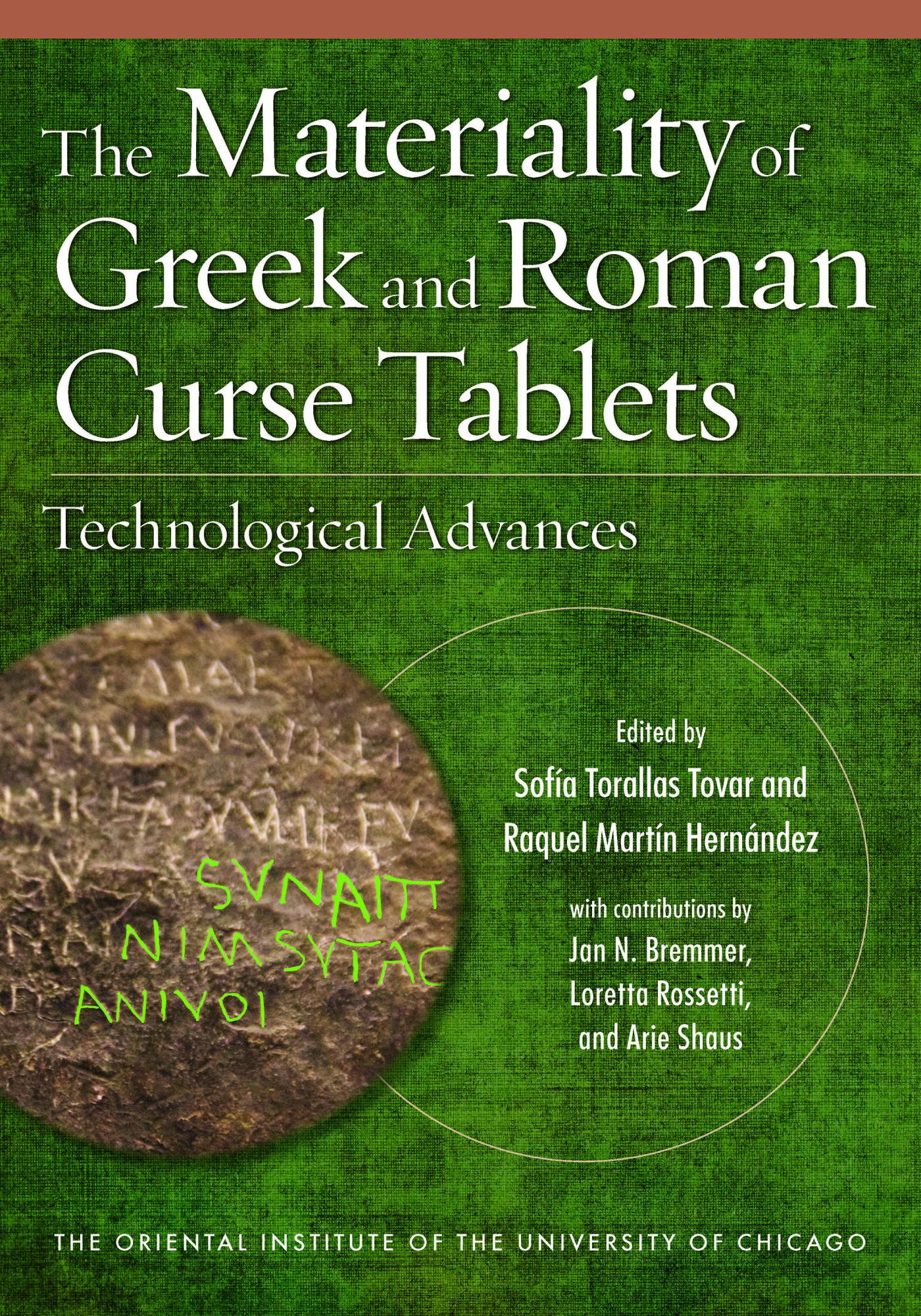The study of ancient curse tablets (defixiones or defixionum tabellae) throughout the twentieth century was based almost exclusively on the texts they contained, leaving aside, as less interesting, the analysis of the materiality of the magical artifacts on which the texts were written. The curse tablets, which were inscribed and subsequently deposited during rituals for aggressive purposes, present important material characteristics and states of preservation that deserve to be part of the analysis to which they are normally subjected. This volume contains essays on important aspects related to the materiality of lead tablets: conservation and restoration, multispectral photography, computational image processing, and paleographic analysis. The material approach to the study of the tablets in recent years is put in context in an epilogue.
CONTENTS
Abbreviations
Introduction: On the Advantages of Material Studies in Magic. Sofía Torallas Tovar and Raquel Martín Hernández
1. The Conservation of Lead Curse Tablets. Loretta Rossetti
2. New Technologies for Tracing Magical Texts and Drawings: Experience with Automatic Binarization Algorithms. Raquel Martín Hernández and Arie Shaus
3. Paleography of the Curse Tablets: Dating a Document on Lead. Sofía Torallas Tovar
Epilogue: Modern Technology and Ancient Curse Tablets. Jan N. Bremmer
Bibliography
Contributors
- Oriental Institute Miscellaneous Publications
- The Oriental Institute, 2022
- ISBN: 978-1-61491-082-4
- Pp. viii + 77; 59 figures, 4 tables
- Adobe PDF
- $19.95

No comments:
Post a Comment